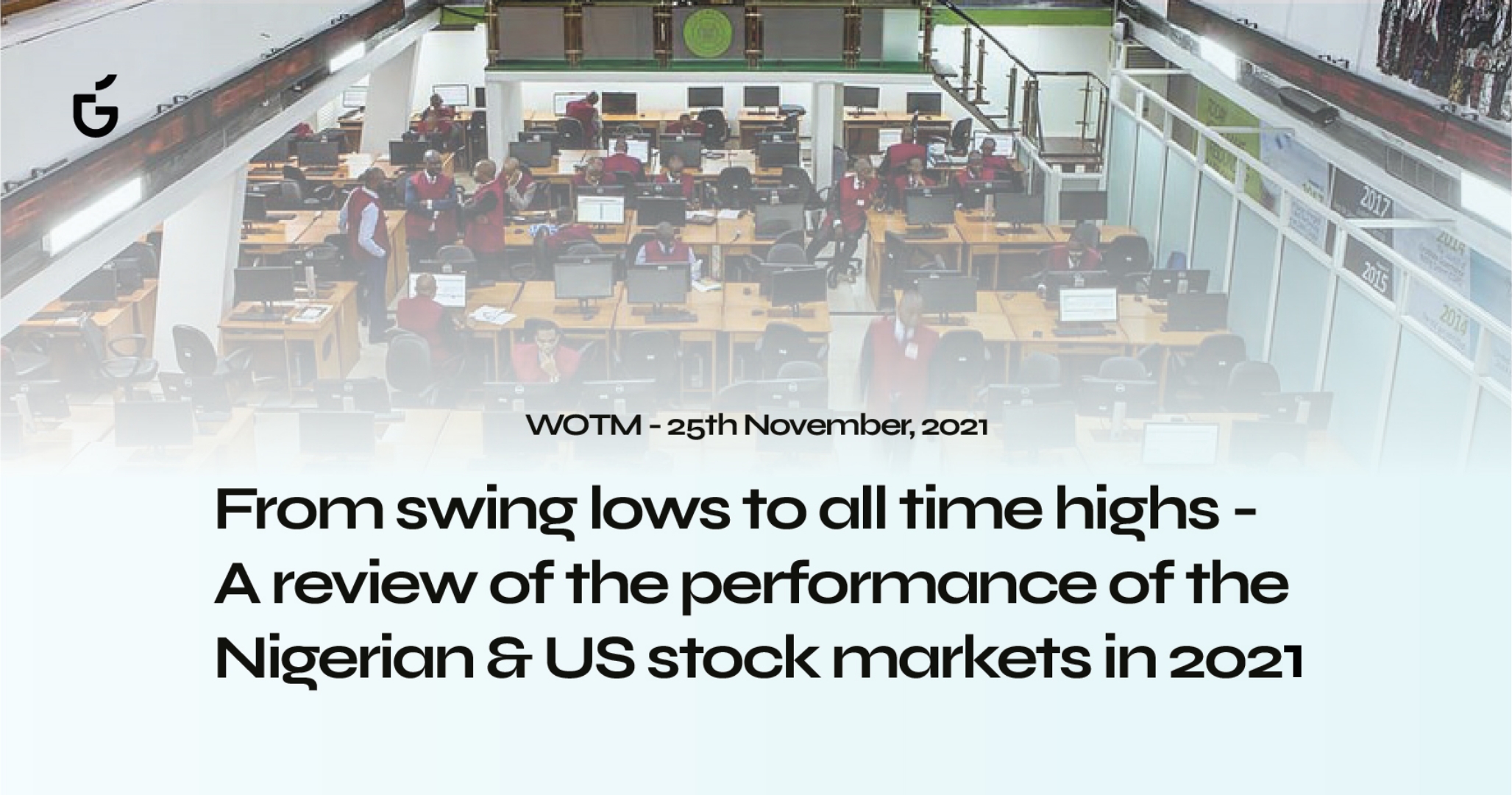 Africa
AfricaUnderstanding how companies are valued – A look into the MainOne acquisition
15 December, 2021
16 December, 2020 | 4 MINS READ
Need to start putting your money to work but don’t know how to get started? This post provides 5 steps to help you get started investing as a beginner. Let’s get right into it!
An investment plan is an outlined deliberate plan for how you put your money to work in multiple assets or financial securities. The planning process is the process of connecting your financial goals with your available resources to achieve your financial objectives.
Without further ado, here are five steps to creating an investment plan;
1) Start with what you want – Your goals should reflect what you want to achieve in monetary terms. Instead of simply saying you want to earn more money or increase your net-worth, think about how much you’ll want to earn more in specific terms. An example could be to earn $200 additional income every month from your investments
2) Make Investment a bill: Create a money budget. Based on your budget, calculate how much you can afford to set aside towards your investment goals on a regular basis. Define the amount of money you want to invest continually and make this amount a bill you charge for investment (just like you pay for utilities) on a regular basis. For instance, you can decide to invest $100 every month
2) Choose your investment strategy: To choose the appropriate investment options, you should have a good understanding of the different types of investment options and how they help you achieve your investment goal. Get a financial education on how different investment options and don’t invest in what you do not understand.
3) Structure your Investment: Determine the timeframe of investment that works for you. Investment tenure can either be Short, Medium, or long terms. A short-term investment is usually within three months to twelve months i.e. one year. A medium-term investment is from two years to five years. A long term investment is from five years and aboveIt’s important to understand how liquid an Investment is.
4) Define Your Risk Appetite: Risk appetite is the level of risk you are prepared to accept in pursuit of your Investment goals. This will help you make informed investment decisions either as a conservative (safe) or aggressive investor.
 Africa
Africa15 December, 2021
 Africa
Africa09 December, 2021
Join the biggest
investment club in Nigeria.